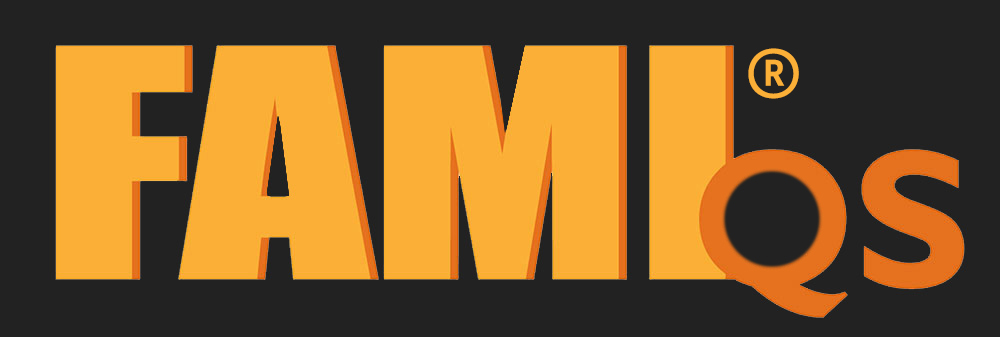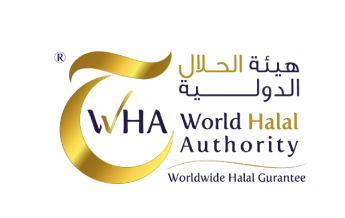MHA Chelates
Why Methionine Hydroxy Analogue (MHA) is the best Methionine source you can rely on in Animal Feed?
Why MHA is the best Methionine source?
There are three known sources of methionine: L- Methionine, D-Methionine, and Methionine
Hydroxy Analogue (or MHA). The main difference among them is that, while L- and D-Methionine have an amine group, MHA has an hydroxyl group in its place.
In practical terms, what are the biggest advantages of using methionine hydroxy analogue?
The presence of an hydroxyl group instead of an amine group makes methionine hydroxy analogue an organic acid with different chemical properties. In the first place, the acidifying effects of organic acids provide notable gut health advantages for animals. The organic nature of MHA also makes it both well tolerated in case of over addition and a formidable defense against oxidative stress.
The real chelation process on Methionine hydroxy analogue, born from the strict cooperation between Società San Marco and Parma University over 30 years ago, creates an incomparable high stability methionate able to reach the intestine as “intact” providing the best absorbance ratio in organic trace minerals organic form.
Compared to non organic trace elements, the organic ones obtained through chelation, are absorbed in the first gut tract with an efficiency equal to 90-95% instead of 5-30% ratio provided by the non-organic ones.
This high absorption ratio improves the metabolic process and the growth functions in the animal organism, plus it helps to reduce the environmental impact and the pollution.







